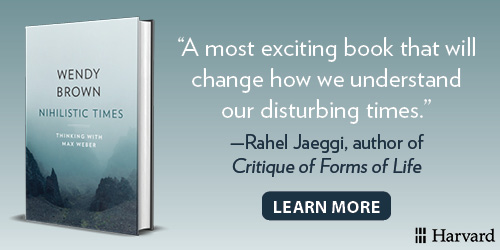Mini-Heap
Links for the weekend…

- “How can we debate issues of reproductive care and technology using language that is respectful and accurate?” — Jane Maienschein (Arizona State) on the science, metaphysics, and ethics of abortion in a pluralistic society (via The Browser)
- What does it mean for a “voice” to be present in works of philosophy? How is “voice” different from “style”? Which philosophers write with a distinctive voice? — Nick Riggle (San Diego) on these and related questions
- Over 200 discussion guides of popular children’s picture books to help introduce kids to philosophy — with summaries, questions, links to videos of the books being read, and more
- “The lack of conclusive arguments or evidence in favour of a fundamental level should encourage us to explore what alternatives there might be” — Tuomas Tahko (Bristol) on the possibility that there are no fundamental building blocks of reality
- “In the long run, maintaining the integrity of neutral truth-seeking institutions will better secure substantive justice… than naïve/unconstrained pursuit of this end” — Richard Y. Chappell on morally risky philosophy
- “How you can use AI tools to assess, constructively critique, and grade student submissions” — part of a series to help professors learn how to make use of AI in their work, from someone with experience teaching philosophy
- “Using controlled stimuli, we find that people are capable of ‘moral thin-slicing’: they reliably identify moral transgressions from visual scenes presented in the blink of an eye” — empirical studies of moral vision (via MR)
Discussion welcome.
Mini-Heap posts usually appear when 7 or so new items accumulate in the Heap of Links, a collection of items from around the web that may be of interest to philosophers.
The Heap of Links consists partly of suggestions from readers; if you find something online that you think would be of interest to the philosophical community, please send it in for consideration for the Heap. Thank you.
Subscribe
Login
0 Comments


